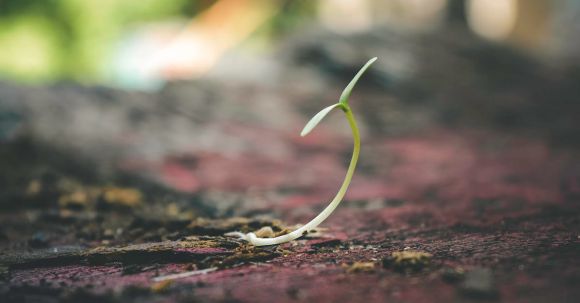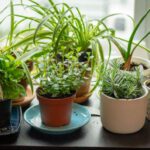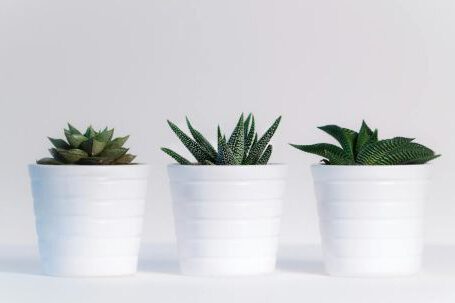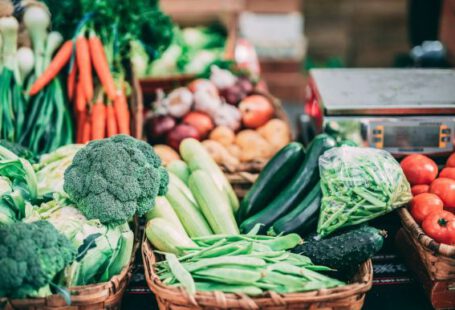Planting seedlings is a crucial step in the process of growing plants. Whether you are a seasoned gardener or a beginner, understanding the basics of planting seedlings is essential to ensure their successful growth and development. In this article, we will explore the key steps and considerations involved in planting seedlings.
Preparing the Soil
Before planting seedlings, it’s important to prepare the soil properly. Start by loosening the soil in the planting area using a garden fork or tiller. This will improve drainage and allow the roots to penetrate easily. Remove any weeds or grass from the area to reduce competition for nutrients.
Amending the soil with organic matter, such as compost or well-rotted manure, is also beneficial. This will improve soil fertility and provide essential nutrients for the seedlings. Mix the organic matter with the existing soil thoroughly to ensure an even distribution.
Choosing the Right Location
Selecting the right location for planting seedlings is crucial for their growth and development. Most plants require at least six hours of direct sunlight per day to thrive. Observe the sunlight patterns in your garden and choose a spot that receives adequate sunlight.
It’s also important to consider the water drainage in the area. Avoid planting seedlings in low-lying areas that tend to get waterlogged. Excess water can lead to root rot and hinder the growth of the seedlings. If the soil in your garden retains too much water, consider creating raised beds or using containers for planting the seedlings.
Planting the Seedlings
When it comes to planting seedlings, it’s important to handle them with care to avoid damaging their delicate roots. Gently remove the seedlings from their containers, being careful not to disturb the roots too much. If the roots are tightly bound, loosen them slightly with your fingers to encourage outward growth.
Dig a hole in the prepared soil that is slightly larger than the root ball of the seedling. Place the seedling in the hole, ensuring that it is planted at the same depth as it was in its container. Backfill the hole with soil, pressing gently to eliminate any air pockets around the roots. Avoid compacting the soil too much, as it can hinder water and nutrient absorption.
Watering and Mulching
After planting the seedlings, water them thoroughly to settle the soil and promote root establishment. Watering deeply but infrequently is generally better than shallow and frequent watering, as it encourages the roots to grow deeper into the soil.
Applying a layer of organic mulch around the seedlings can help retain moisture, suppress weed growth, and regulate soil temperature. Spread a 2-3 inch layer of mulch, such as straw or wood chips, around the base of the seedlings, leaving a small space around the stem to prevent rot.
Ongoing Care
Once the seedlings are planted, they require ongoing care to ensure their healthy growth. Regularly monitor the soil moisture and water the seedlings as needed. Avoid overwatering, as it can lead to root rot and other issues.
Fertilize the seedlings periodically with a balanced organic fertilizer to provide them with essential nutrients. Follow the instructions on the fertilizer package for proper application rates and timing.
Monitor the seedlings for any signs of pests or diseases. Early detection and appropriate action can help prevent the spread of pests and minimize damage to the seedlings.
In Conclusion
Planting seedlings is a fundamental step in the journey of growing plants. By preparing the soil, choosing the right location, planting the seedlings correctly, and providing ongoing care, you can ensure their successful growth and development. Remember, each plant has its own specific needs, so it’s important to research and understand the requirements of the seedlings you are planting. With proper care and attention, your seedlings will flourish into healthy and productive plants.





